5 Common Sports Injuries Your Local Walk-In Clinic Can Address
Engaging in sports is a great way to maintain health and stay active, but it comes with its fair share of risks. Whether you're a professional athlete or just enjoy a weekend pickup game, the potential for injury is always present. Fortunately, your local walk-in clinic is equipped to handle a wide range of sports-related injuries. From sprains to fractures, these centers provide quick, accessible care right when you need it most. Beyond addressing acute injuries, walk-in clinics also offer preventive advice and post-injury rehabilitation plans, ensuring athletes recover fully and reduce the risk of future problems. Let's dive into some of the common injuries they can treat and the ways they can support recovery.
1. Sprains and Strains
Sprains and strains are some of the most common sports injuries treated by walk-in clinics. A sprain occurs when ligaments, the tough bands of tissue connecting bones, are stretched or torn. Strains, on the other hand, involve muscles or tendons being overstressed. These injuries often happen due to over-exertion or improper use of equipment. Your
local walk-in clinic can provide treatment through stabilization, pain management, and physical therapy recommendations. Proper diagnosis and care can ensure a faster recovery and reduce the risk of re-injury. Strengthening exercises and follow-up care may also be recommended to enhance mobility and resilience.
2. Fractures
Fractures, or broken bones, are also frequent among athletes and can range from simple breaks to complex fractures. Most walk-in clinics have the necessary imaging technology, like X-rays, to diagnose fractures swiftly and accurately. Once diagnosed, medical professionals can apply splints or casts to aid the healing process. The rise in the number of urgent care centers - by over 2,000 between 2020 and 2024, according to the Urgent Care Association - has made immediate and efficient care for fractures more accessible than ever before. Early treatment ensures proper healing and minimizes long-term complications, helping athletes resume activities sooner.
3. Tendinitis
Tendinitis is an inflammation of the tendons often resulting from repetitive motion or overuse. Athletes who frequently make the same movements, such as tennis players or runners, are particularly susceptible to this type of injury. Walk-in clinics can offer valuable pain relief through medications, rest recommendations, and sometimes even corticosteroid injections. Early intervention at a clinic can prevent the condition from worsening and maintain an athlete’s performance level. This proactive approach can help prevent chronic issues, keeping athletes in peak condition. Additionally, clinics can provide tips on modifying training routines to reduce strain and avoid recurrence.
4. Concussions
Concussions are a serious injury predominantly associated with contact sports like football and hockey. These injuries involve a traumatic blow to the head, leading to symptoms like dizziness, confusion, or headaches. Walk-in clinics are well-prepared to assess and manage concussions, providing initial care and advising when further specialist treatment is necessary. With timely assessment, athletes are better protected against the risks of repeated concussions. Clinics can also offer guidance on safe return-to-play timelines, prioritizing long-term health. Regular follow-ups and symptom monitoring ensure recovery progresses without setbacks, safeguarding an athlete's cognitive and physical well-being.
5. Bruises and Contusions
While bruises and contusions might appear minor, they can be painful and sometimes require medical attention, especially if they occur frequently. Bruises develop from forceful impact, causing small blood vessels to burst and resulting in discoloration and swelling. Walk-in clinics can evaluate these injuries to ensure they are not indicative of more severe damage, advising on rest or any necessary further treatment. Prompt evaluation can prevent potential complications and allow athletes to return to their activities sooner. Effective care ensures athletes can continue their routines without significant interruptions, enabling a quicker return to peak performance.
In conclusion, while sports injuries can be an unfortunate part of physical activity, having access to a walk-in clinic can make the recovery process smoother and faster. Increasing accessibility to urgent care facilities across the nation means that professional athletes and casual players alike have the medical support they need, close to home. By understanding common injuries and the treatments available, individuals can confidently rely on their local clinics to help return them to the activities they love as quickly as possible. So next time you sprain an ankle or take a tough hit on the field, remember that expert help is likely just a short drive away. Visit us at Family Emergency Room at Georgetown today.
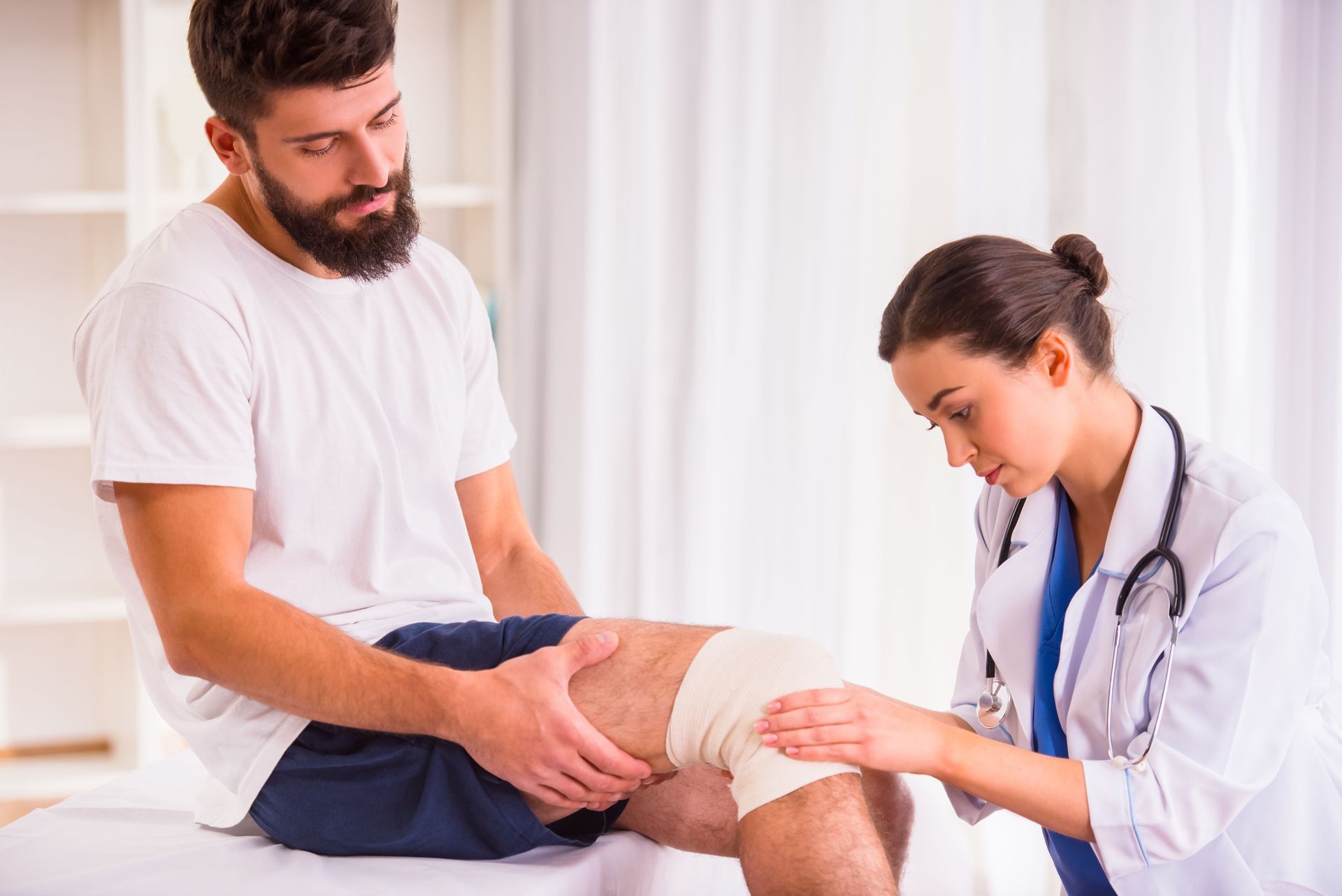

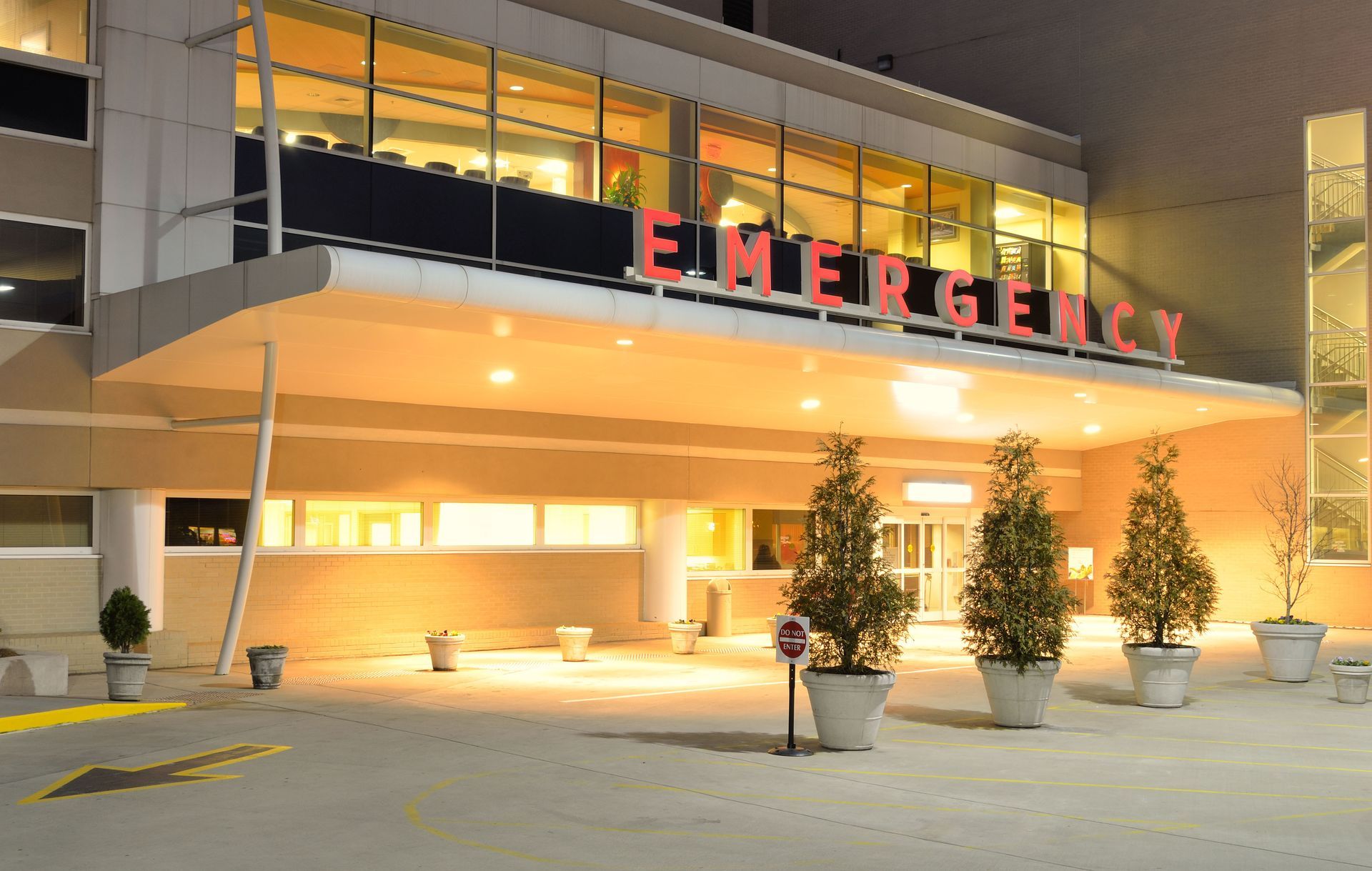
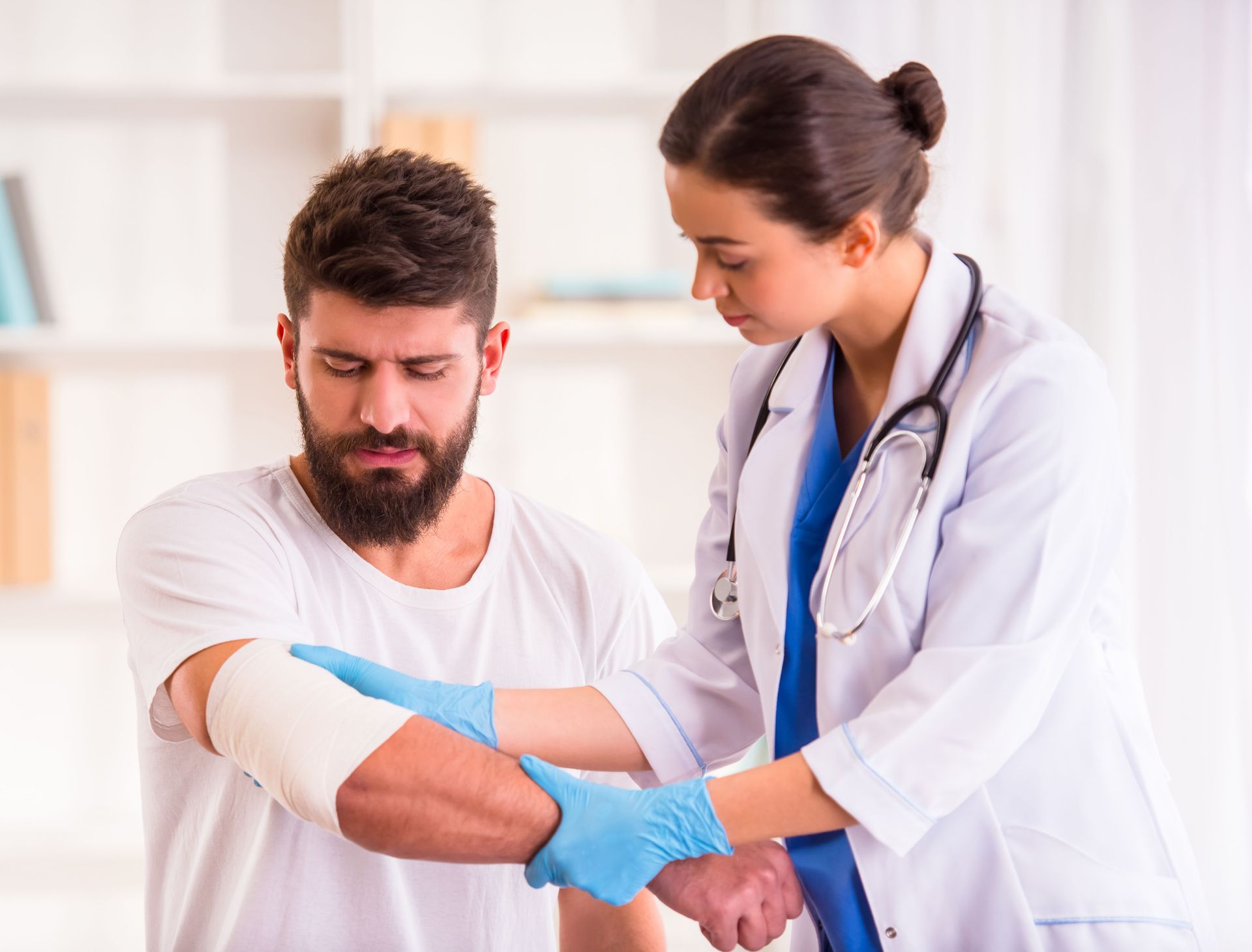

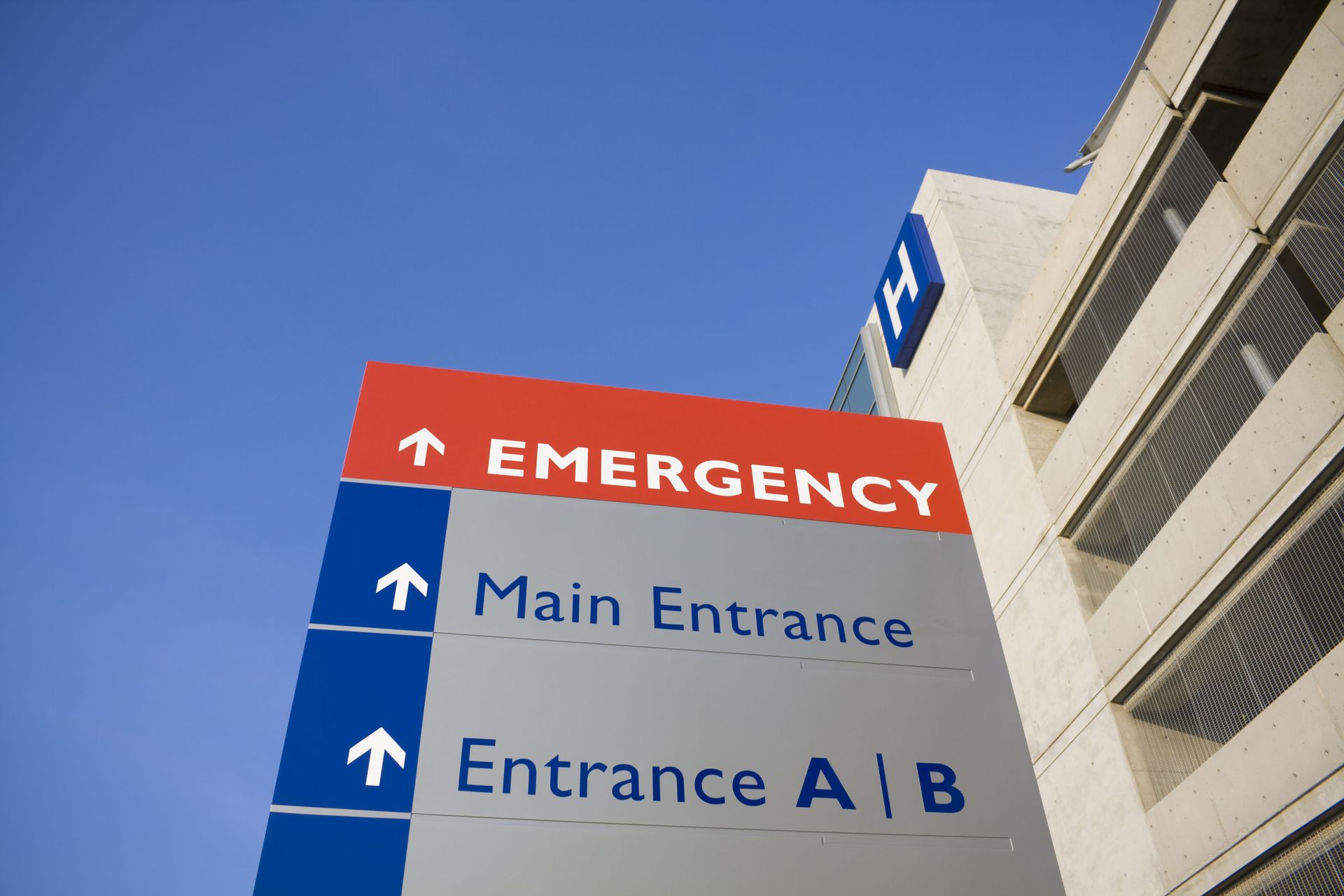
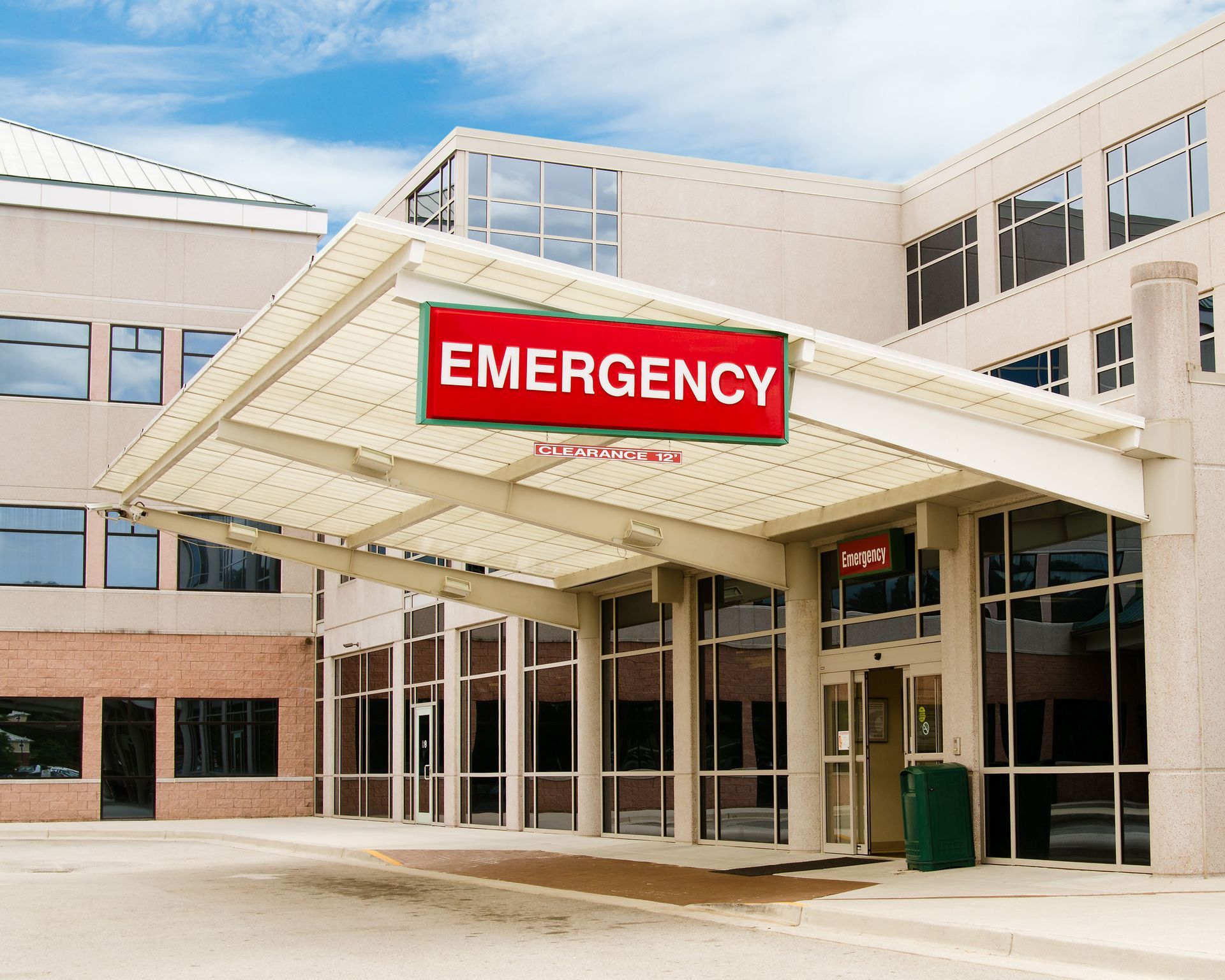
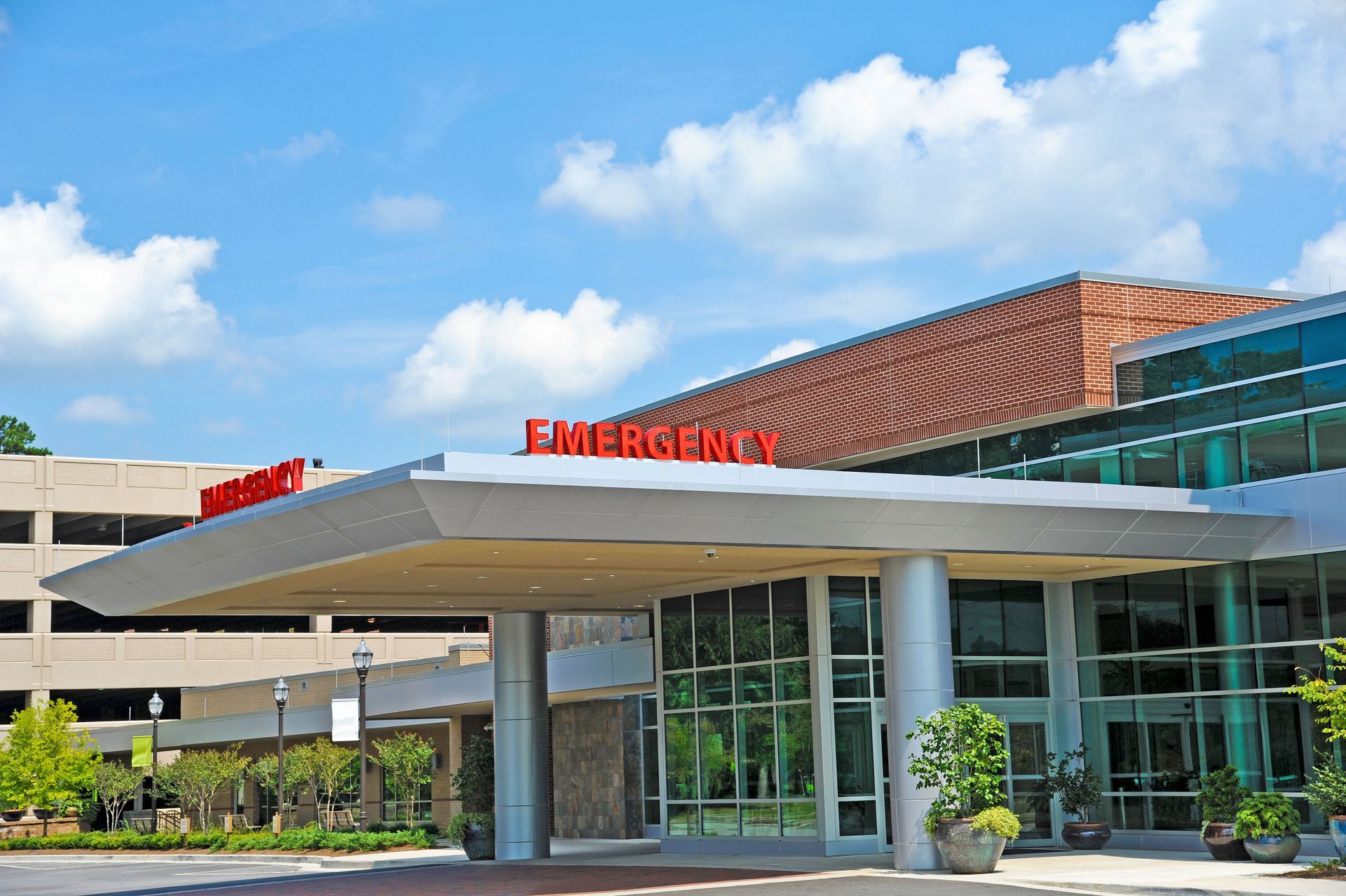


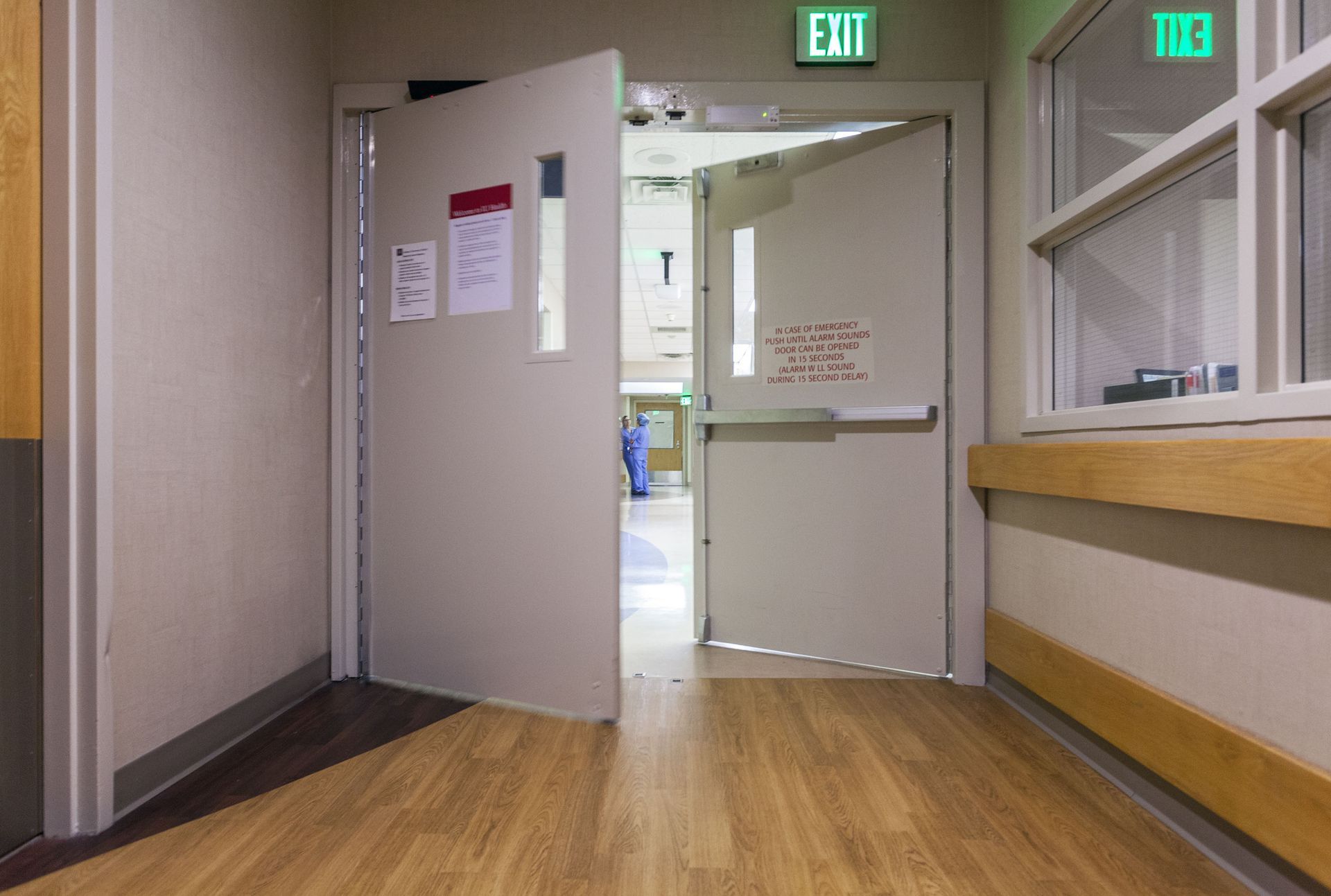
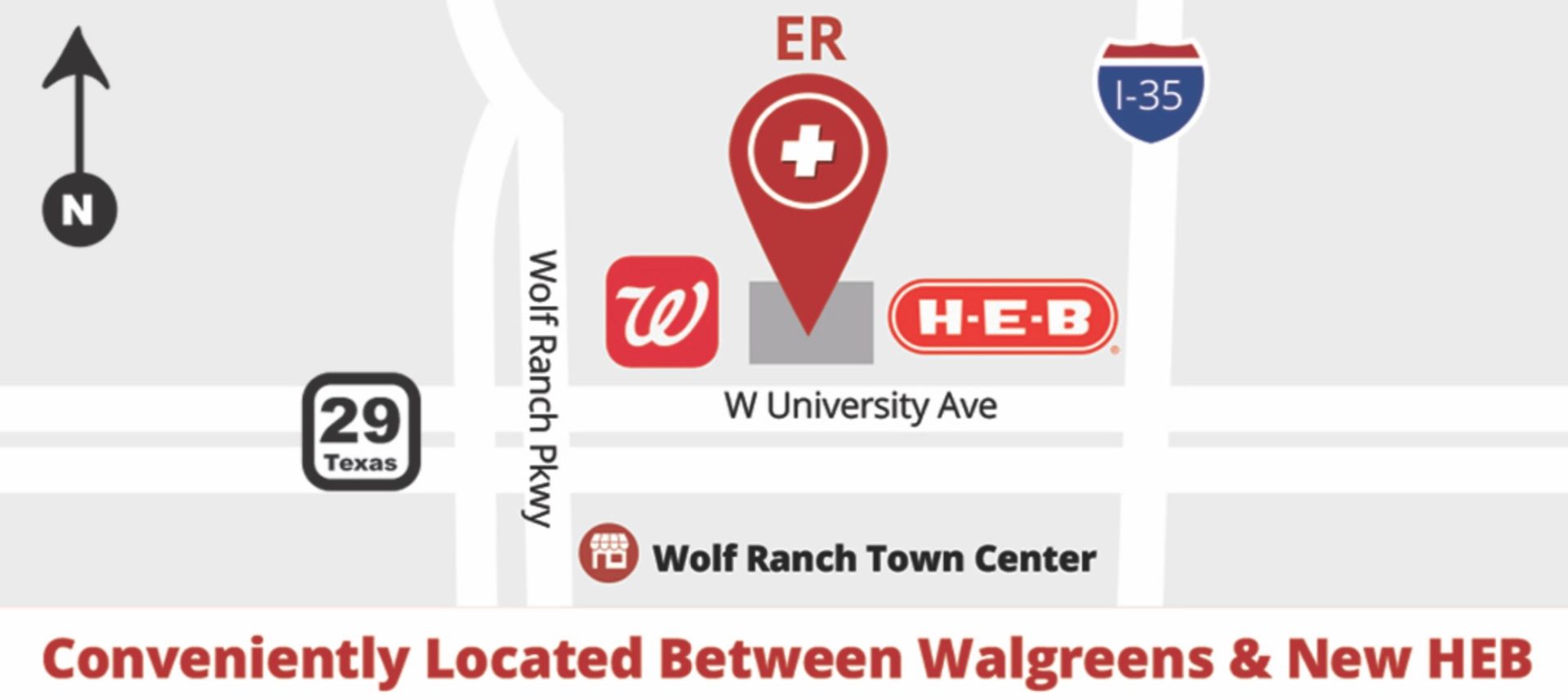
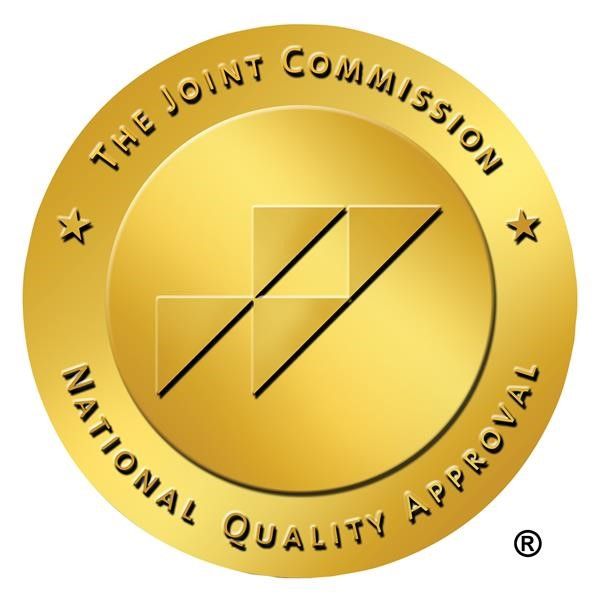
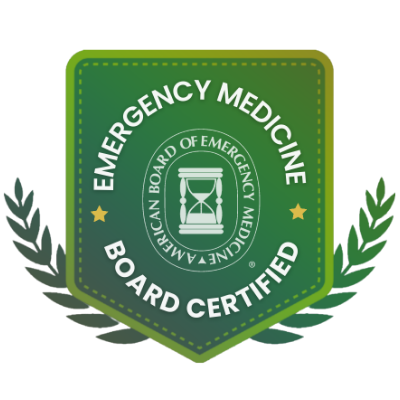






Share On: